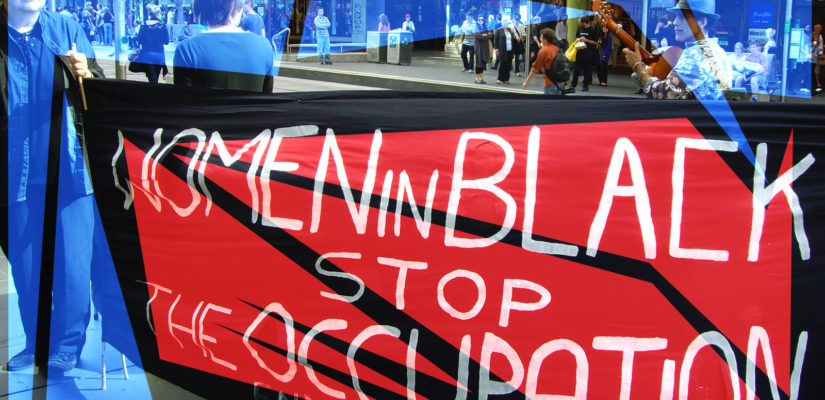
Women in Black | (dot)gender

(dot)gender | A space by LORENA STELLA MARTINI
Every Friday, at the exact same hour, a group of women wearing black clothes occupies a public square in the city center of Jerusalem; standing one next to the other, women coming from extremely diverse backgrounds hold signs of protests against the occupation of Palestine.

This is the beginning of the soon-to-be international movement called “Women in Black” (WIB), initiated in Israel in January 1988, just after the breaking out of the first Intifada. The vigils – this is the name of the protests that members carry out by standing in a public space – quickly spread across the country, leading to the creation of a network while also intertwining with many other initiatives of the growing women’s peace movement in Israel.
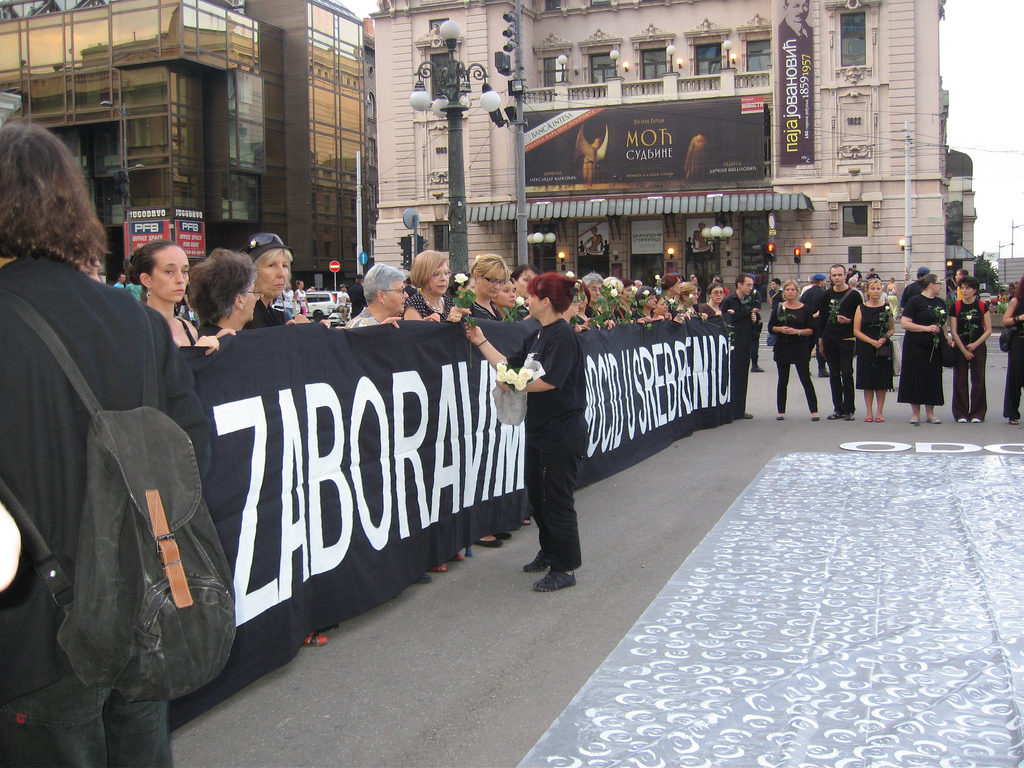
Through their protests, these women claim their voices and their political agency, willing to express their opposition as citizens about an issue – namely, a perpetual state of war and repression – that no-one has consulted them about. In this framework, they bring to the foreground their perspective of the occupation as women, thus highlighting not only the violence perpetuated against Palestinians, but also the present and future consequences of living in a conflict-prone and highly militarized society where violence tends to be normalized on several levels.
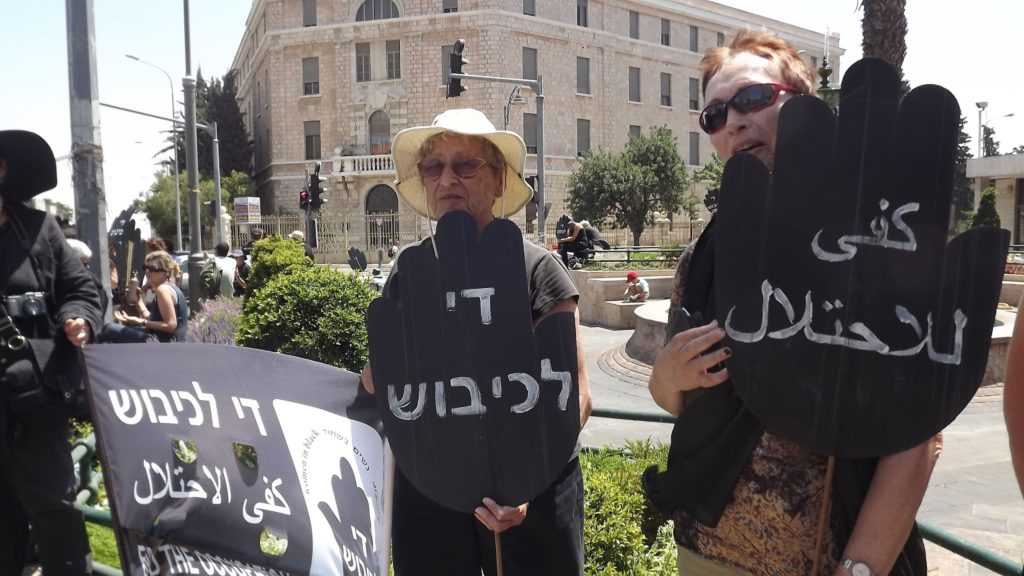
A few months after its birth, WIB’s formula crossed Israeli borders to spread to many other countries not only as an opposition to the occupation of Palestine but also as a means of protest against all forms of “injustice, war, militarism and other forms of violence”[1], seeking a place for women in peaceful conflict resolution and in the fight against social injustice.
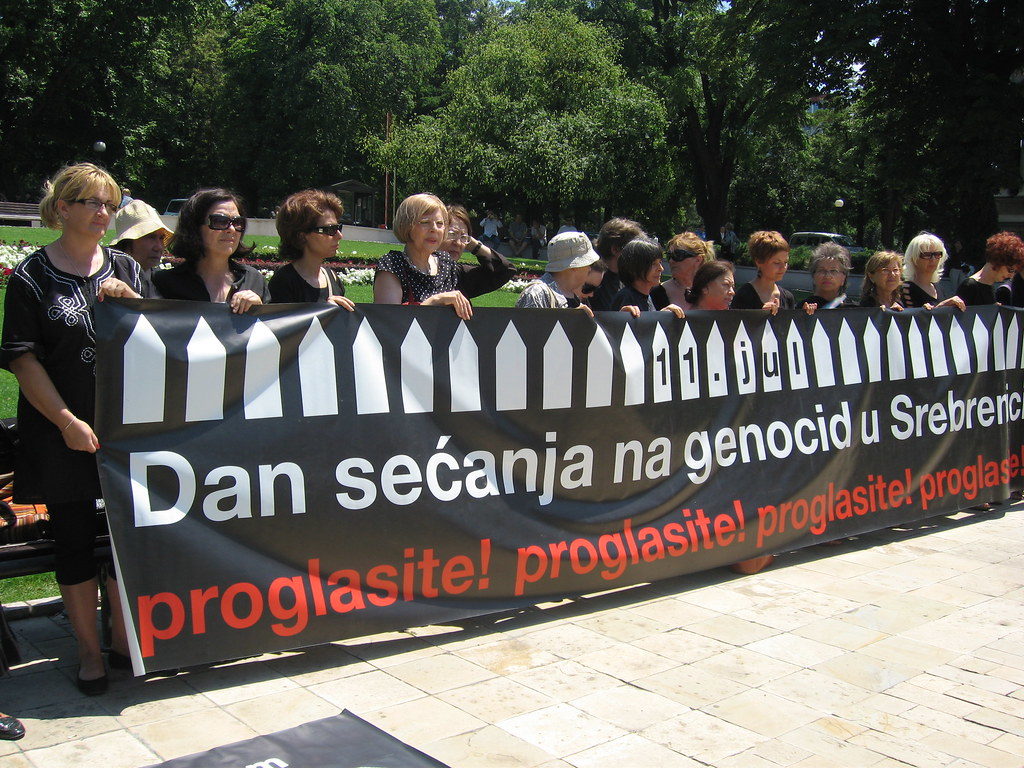
In Italy, for instance, WIB have been protesting against organized crime and its consequences, in Serbia they rallied against the Balkans war, while throughout the years other groups in Europe have organized vigils against the war in Iraq or against nuclear arms.
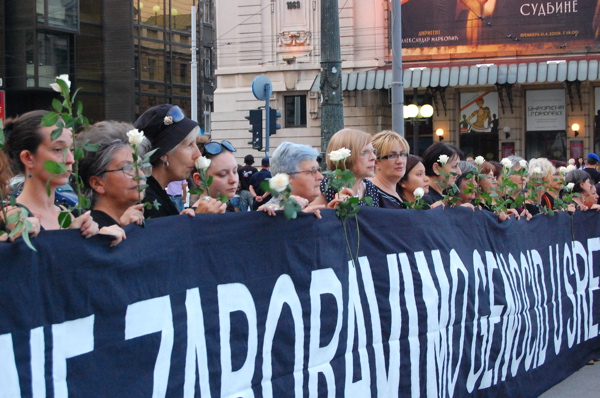
For more information about the origins and the activities of this international network, which is still active today in Israel as well as worldwide, you can browse its official website (http://womeninblack.org) or consult the following sources:
– G. Svirsky, Local Coalitions, Global Partners: The Women’s Peace Movement in Israel and Beyond, Signs, 2004, vol. 29, n.2, p. 543-550.
– S. Helman, T. Rapoport, Women in Black: Challenging Israel’s Gender and Socio-Political Orders, The British Journal of Sociology, 1997, Vol. 48, No. 4, pp. 681-700.
– http://www.gilasvirsky.com/id109.html
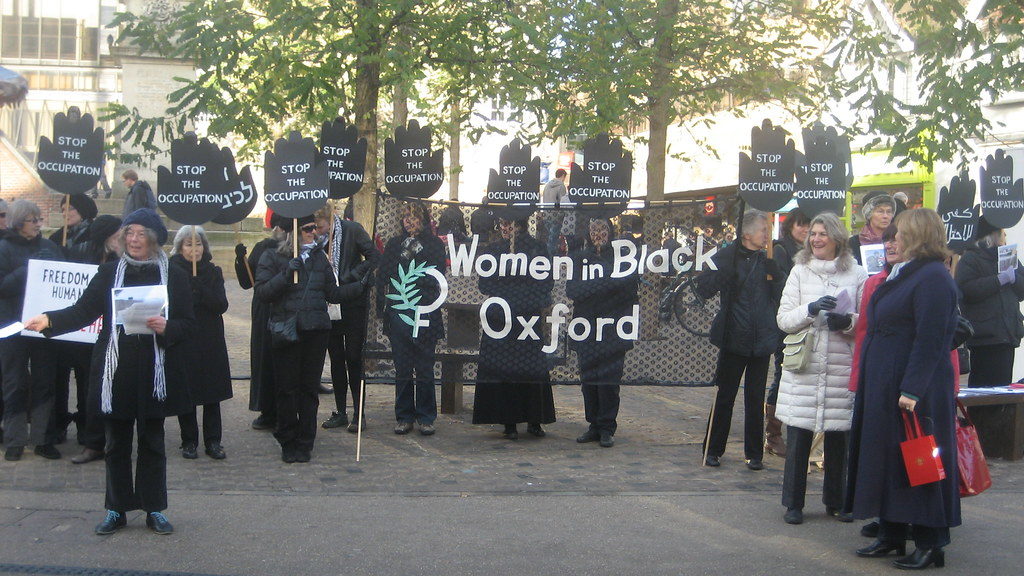
A presentation of Women in Black (available in Spanish only):
[1] http://womeninblack.org/about-women-in-black/